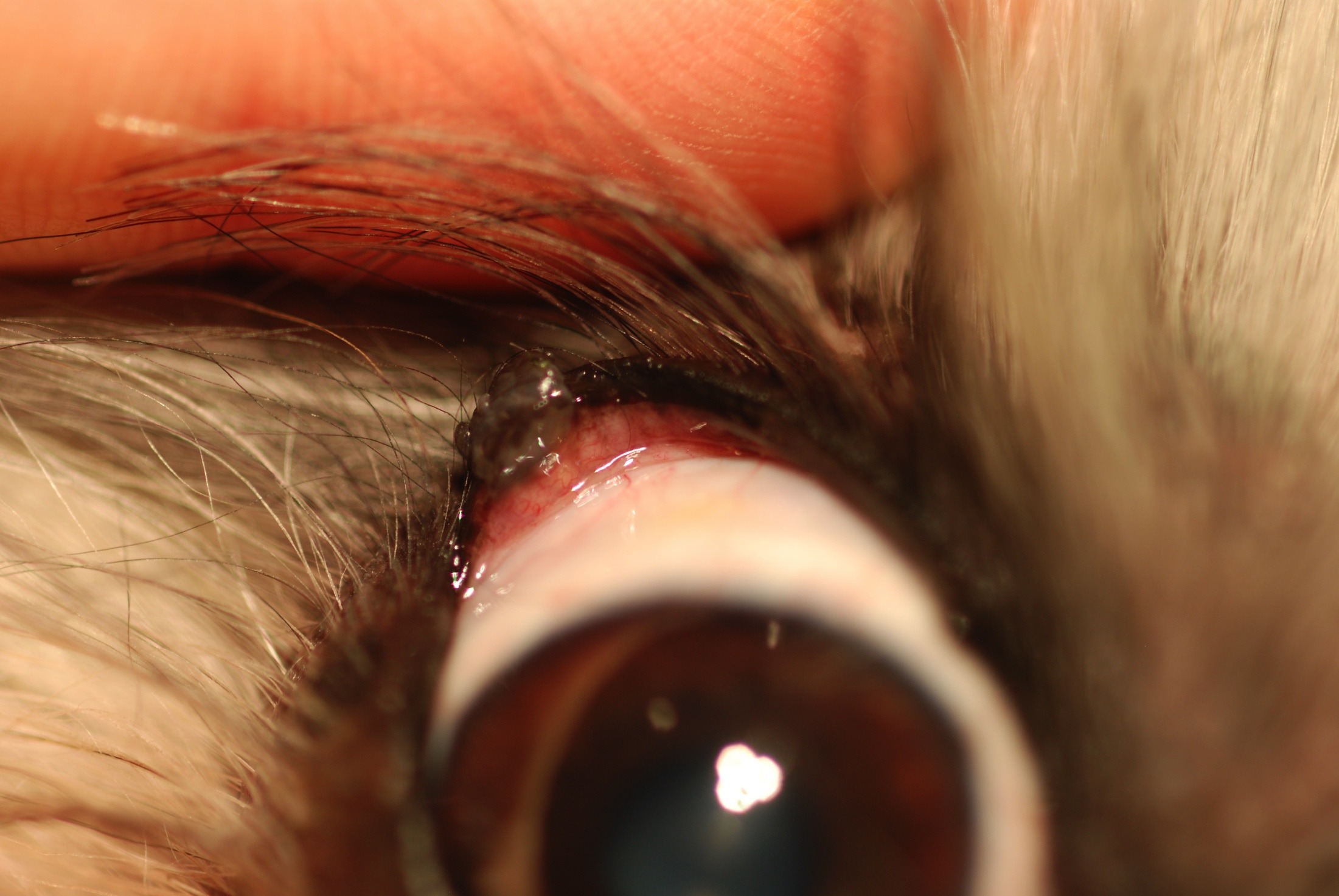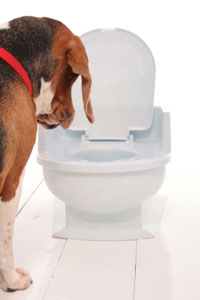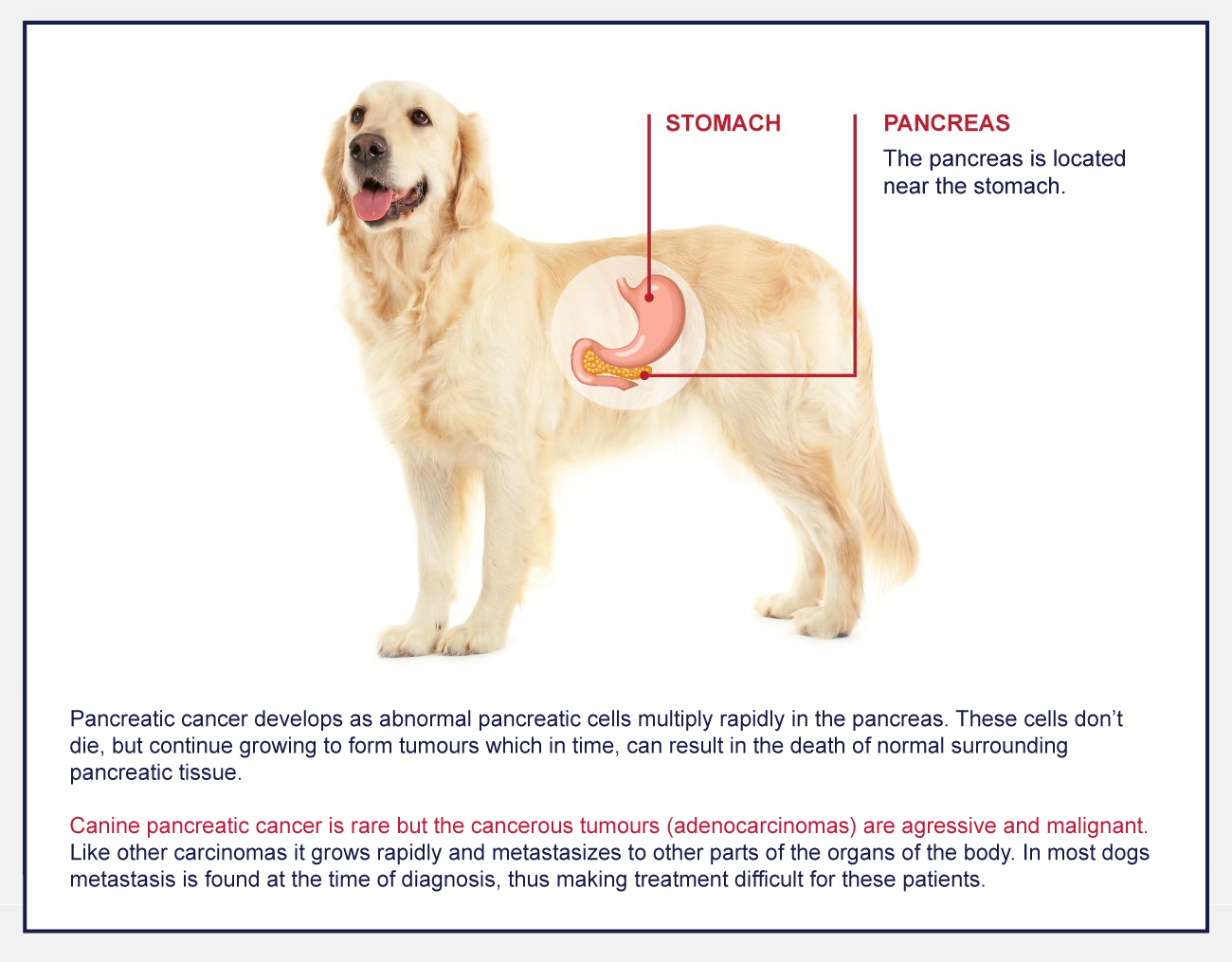Bacteria in dogs mouth
Bacteria In Dogs Mouth. Doctors diagnosed her as having sepsis aka blood poisoning which they were finally able to trace back to one thing. One person out of five had one colony of gram-negative bacteria The average number of gram-positive bacteria in a dogs mouth was 37 colonies. Though often described as being cleaner than those of humans the mouths of dogs are veritable petri dishes brimming to the top with bacteria. This indicates that there is a large divergence in the bacteria comprising the oral microbiomes of divergent mammalian species.
 Bacteria Found In The Oral Samples From Both Dogs And Owners Download Table From researchgate.net
Bacteria Found In The Oral Samples From Both Dogs And Owners Download Table From researchgate.net
Combined with saliva and minerals plaque hardens into tartar also known as calculus which irritates and inflames the gums. Paul Maza of the College of Veterinary Medicine at Cornell University told Fox News last year that many of the bacteria in dogs and cats mouths are similar to that in humans mouths. Actinomyces is an anaerobic gram-positive bacteria that lives in the mouth and nasal passages of many animals. The following are some important facts on bacteria in dog mouth. Inflammation of the gums known as gingivitis is a very common mouth problem in dogs says Bierbrier. If you let your dog lick your wounds or if your furry friend bites you you might get the pasteurella bacteria.
This indicates that there is a large divergence in the bacteria comprising the oral microbiomes of divergent mammalian species.
The average number of gram-negative bacteria in a dogs mouth was 2 colonies. How much bacteria is in a dogs mouth. Many types of bacteria live in the mouths of dogs and many are capable of causing disease in dogs and humans. Actinomyces is an anaerobic gram-positive bacteria that lives in the mouth and nasal passages of many animals. Combined with saliva and minerals plaque hardens into tartar also known as calculus which irritates and inflames the gums. Some species can cause an actinomycosis infection.
 Source: jbs.camden.rutgers.edu
Source: jbs.camden.rutgers.edu
Some of these include Klebsiella pneumonia Escherichia coli Staphylococcus aureus Citrobacter freundii Enterobacter cloacae Acinetobacter calcoaceticus and. Unlike the teeth of humans the dog teeth are not easy victims of cavities. Its estimated that up to three quarters of healthy dogs harbour this bacteria in their mouths. The following are some important facts on bacteria in dog mouth. Gingivitis and in dogs is P.
 Source: researchgate.net
Source: researchgate.net
Fortunately with regular oral care you can help your pup stay healthy while bonding over a grooming routine. Though often described as being cleaner than those of humans the mouths of dogs are veritable petri dishes brimming to the top with bacteria. Dogs become infected by eating tissue of an infected animal. So many of a dogs mouth bacteria are less likely to be kept in check by our immune systems and native bacteria. The average number of different bacterial colonies in a dogs mouth was about 57.
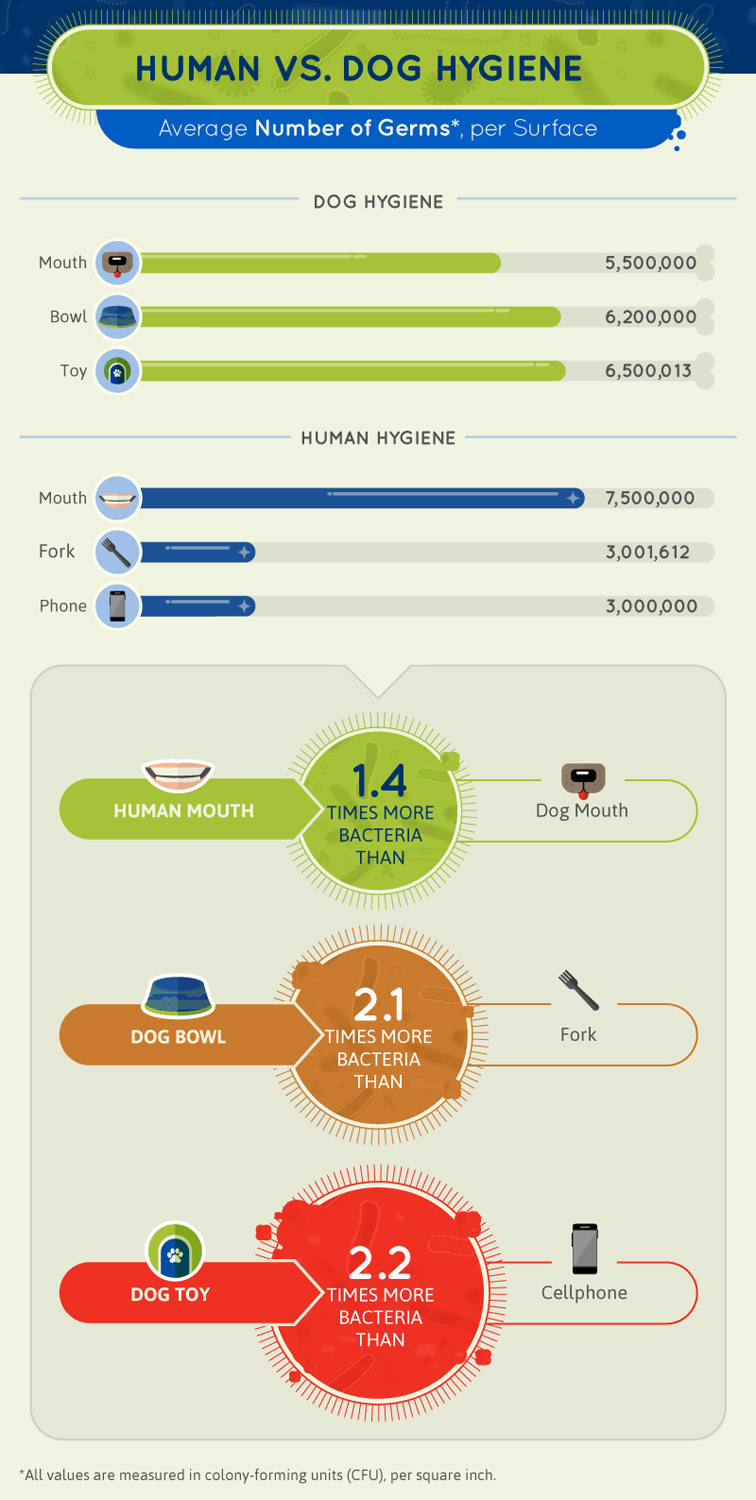 Source: hellogiggles.com
Source: hellogiggles.com
Many species of Capnocytophaga bacteria live in the mouths of dogs and cats. Some species can cause an actinomycosis infection. The oral microbiomes of. Porphyromonas is actually the bacterial family that causes periodontal disease in dogs and humans. Unlike the teeth of humans the dog teeth are not easy victims of cavities.
 Source: bewelllivelong.wordpress.com
Source: bewelllivelong.wordpress.com
This means that a dogs mouths are often cleaner than human hands even if they sometimes eat unsavory leftovers according to the Geophysical Institute. The average number of different bacterial colonies in a humans mouth was about 41. So many of a dogs mouth bacteria are less likely to be kept in check by our immune systems and native bacteria. Both humans and dogs mouths are full of microbes and bacteria. This indicates that there is a large divergence in the bacteria comprising the oral microbiomes of divergent mammalian species.
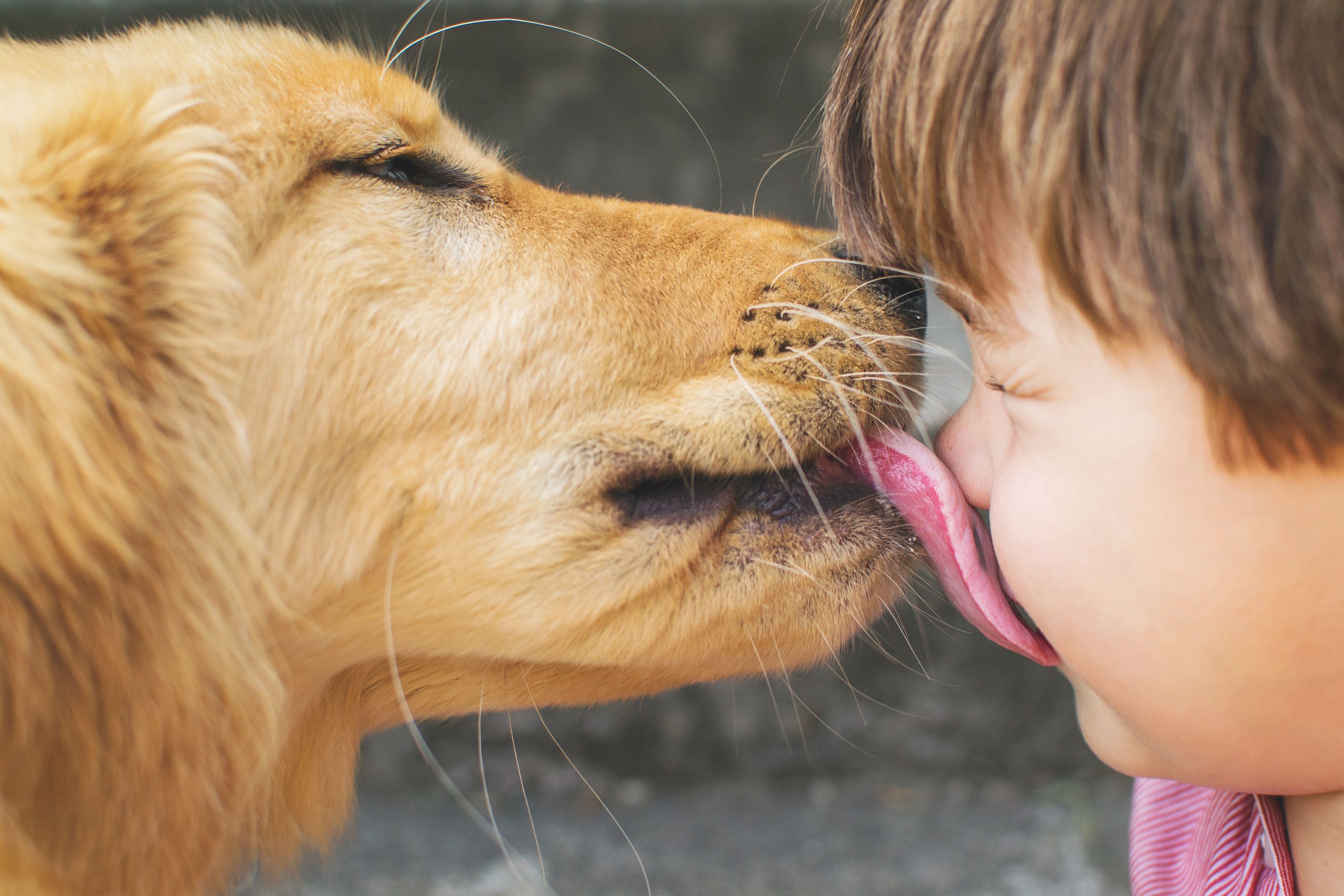 Source: goodhousekeeping.com
Source: goodhousekeeping.com
Gingivitis and in dogs is P. The bug responsible was Capnocytophaga canimorsus a bacteria commonly found in the mouths of dogs and cats. Paul Maza of the College of Veterinary Medicine at Cornell University told Fox News last year that many of the bacteria in dogs and cats mouths are similar to that in humans mouths. Gingivitis and in dogs is P. Capnocytophaga canimorsus a bacteria that lives in dogs and cats mouths.
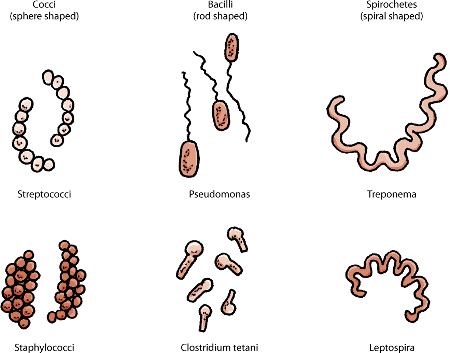 Source: merckvetmanual.com
Source: merckvetmanual.com
Gingivitis is caused by the accumulation of food particles and bacteria along the dogs gum line which form plaque. Capnocytophaga canimorsus a bacteria that lives in dogs and cats mouths. Gingivitis is caused by the accumulation of food particles and bacteria along the dogs gum line which form plaque. However while there are some of the same bacteria there are also different kinds of bacteria in each species mouths. This usually lives in your dogs mouth but can cause skin and lymph node.

Doctors diagnosed her as having sepsis aka blood poisoning which they were finally able to trace back to one thing. In fact dogs have more than 600 different types of bacteria in their mouths which is a similar number to the 615 and counting types of bacteria Harvard researchers have found in human mouths. Common bacteria that can be found in your dogs mouth can include. This indicates that there is a large divergence in the bacteria comprising the oral microbiomes of divergent mammalian species. Dog saliva contains a natural disinfectant that kills bacteria better than most soaps.
 Source: biol342-s19.community.uaf.edu
Source: biol342-s19.community.uaf.edu
Unlike the teeth of humans the dog teeth are not easy victims of cavities. Fortunately with regular oral care you can help your pup stay healthy while bonding over a grooming routine. Actinomyces is an anaerobic gram-positive bacteria that lives in the mouth and nasal passages of many animals. So many of a dogs mouth bacteria are less likely to be kept in check by our immune systems and native bacteria. How much bacteria is in a dogs mouth.
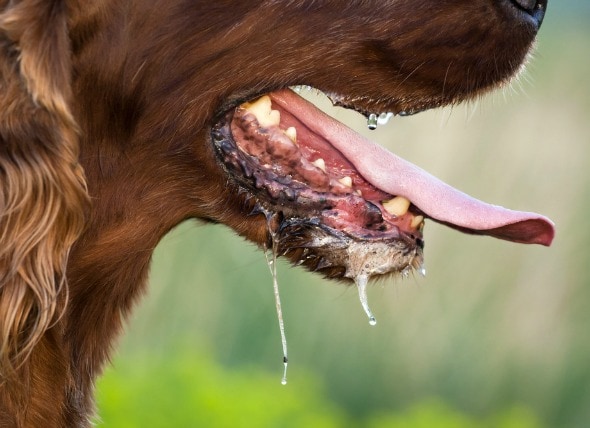 Source: petmd.com
Source: petmd.com
The average number of gram-negative bacteria in a humans mouth was 02 colonies. Its estimated that up to three quarters of healthy dogs harbour this bacteria in their mouths. Both humans and dogs mouths are full of microbes and bacteria. Humans may acquire these bacteria through a friendly dogs licks or an aggressive dogs bite. Gingivitis and in dogs is P.
 Source: researchgate.net
Source: researchgate.net
This indicates that there is a large divergence in the bacteria comprising the oral microbiomes of divergent mammalian species. The average number of gram-negative bacteria in a dogs mouth was 2 colonies. Dog oral microbiomes for instance appear to be dominated by bacteria from phyla including Bacteriodetes Proteobacteria Firmicutes Spirochaetes and Fusobacteria 67. If you let your dog lick your wounds or if your furry friend bites you you might get the pasteurella bacteria. Another study found that Actinobacteria also reside in a dogs mouth 8.
 Source: zymox.com
Source: zymox.com
Gingivitis is caused by the accumulation of food particles and bacteria along the dogs gum line which form plaque. A list of just a few of the different bacteria types that can be found within the mouth of the healthy dog include. The main thing to minimize the risk of infection is to reduce the opportunity for your pets bacteria to get through your skin. Because most of the bacteria and viruses in a dogs mouth are the same as in a persons mouth it is safe to kiss a dog just like a person. This usually lives in your dogs mouth but can cause skin and lymph node.
 Source: dogtime.com
Source: dogtime.com
These bacteria do not make dogs or cats sick. Dog saliva contains a natural disinfectant that kills bacteria better than most soaps. Paul Maza of the College of Veterinary Medicine at Cornell University told Fox News last year that many of the bacteria in dogs and cats mouths are similar to that in humans mouths. Humans may acquire these bacteria through a friendly dogs licks or an aggressive dogs bite. Dogs rarely show any signs of disease but if they are infected with a large number of worms dogs can have diarrhea and enteritis.
If you find this site adventageous, please support us by sharing this posts to your favorite social media accounts like Facebook, Instagram and so on or you can also save this blog page with the title bacteria in dogs mouth by using Ctrl + D for devices a laptop with a Windows operating system or Command + D for laptops with an Apple operating system. If you use a smartphone, you can also use the drawer menu of the browser you are using. Whether it’s a Windows, Mac, iOS or Android operating system, you will still be able to bookmark this website.
